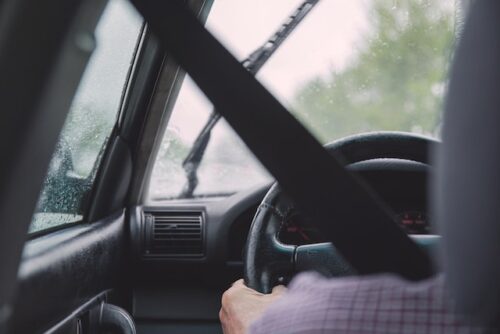
Every year Jersey State sees anywhere between 270,000 and 280,000 car accidents. Nearly 25% of these happen at intersections, locations which frequently see side-impact or T-bone accidents. Do you need to be cautious about T-bone accidents? In fact, what even are T-bone accidents? This blog will tell you everything you need to know about side-impact accidents. If you’ve recently been in a collision, whether T-bone or otherwise, do not hesitate to contact an Essex County auto accident lawyer.
What Happens During a T-Bone Collision?
Side-impact collisions are also called T-bone collisions because of the telltale shape of the two cars after a crash. Many, though not all, side-impact collisions occur when a vehicle hits the side of another vehicle at a 90-degree angle. The two cars then form a letter “T” shape. Side-impact collisions also happen when a driver hits the side of another car with either the front or rear without consideration as to the angle. In addition to “side-impact” and “T-bone,” these collisions are also called “broadside impact.” Broadside impact is a less preferred term, however, simply because it can also include sideswipe accidents, a completely different kind of collision.
Why Do T-Bone Collisions Happen?
Intersections and parking lots are some of the most common sites of T-bone accidents, as these spaces encourage cars to travel perpendicular to each other. Among other things, the accident itself may be due to:
- The driver running a traffic light or stop sign
- The driver using their cellphone as they drive
- The driver driving under the influence of drugs or alcohol
- The driver being aggressive or distracted
- The road being wet or icy
- The car having a defect.
In a terrifying and dramatic turn, should several vehicles be involved in a T-bone accident, one of the vehicles may strike another, causing it to spin and hit or be hit in another car. This would be a secondary side-impact crash.
What Makes T-Bone Collisions So Dangerous?
The front or rear of a car is better able to absorb energy than the sides. Cars have front and back bumpers and crumple zones, adding to the stability of both ends. Even if side airbags protect you from hitting a side window during a T-bone collision. Seat belts do an amazing job of keeping the passengers safe from jolts, but will rarely do much to prevent movement caused by side impacts.
